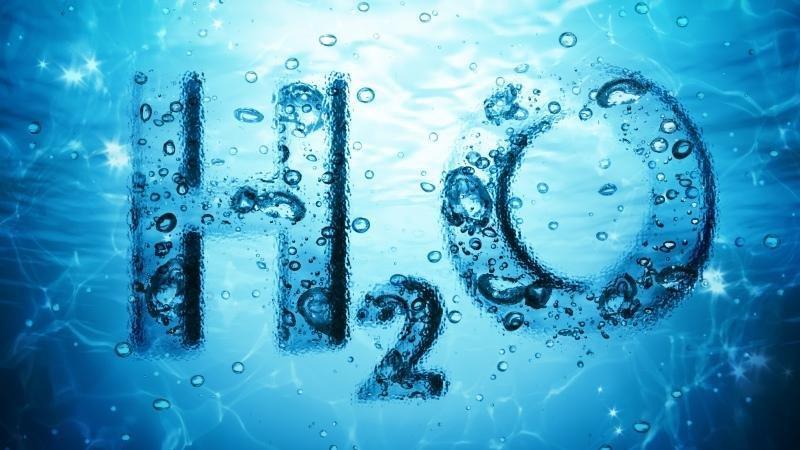News
False Sense Of Security Revealed In New Water Cycle Diagrams
New analysis carried out by a team of experts from Brigham Young University, Michigan State University and the University of Birmingham has revealed that current pictures of the water cycle on earth, used in both research and education, fail to show the effects of human interference.
As such, the hydrology experts explain, the diagrams must be updated urgently in order to reflect this – and the group has now brought out a new series of pictures to help promote understanding and awareness of how the water cycle works in the 21st century, showing human interference across almost all parts of the cycle.
The study found that in over 450 water cycle diagrams found in scientific literature, textbooks and on the internet, 85 per cent revealed no human interaction whatsoever with the water cycle. In addition, just two per cent of the images tried to connect the cycle with water pollution or climate change.
The new diagrams that have just been created show a more complicated picture of the landscape, including flood damage brought about by pollution, rising sea levels and land use changes, as well as meltwater from glaciers.
Professor David Hannah, UNESCO chair in water sciences at the University of Birmingham, said: “The water cycle diagram is a central icon of hydro science, but misrepresenting the ways in which humans have influenced this cycle diminishes our awareness of the looming global water crisis.
“By leaving out climate change, human consumption and changes in land use we are, in effect, creating large gaps in understanding and perception among the public and also among some scientists.”
Brigham Young University’s professor Ben Abbot, lead author of the paper, made further comments, saying that it is impossible to understand water in the 21st century if you fail to include the human element, adding that the drawings we currently have are “stuck in the 17th century”.
What can businesses do to help tackle the water crisis now?
Talking to water conservation consultants is the first step that companies should perhaps take in order to start reducing the water consumption and wastage to help protect this particular resource.
A consultancy service will typically include bill audits, comprehensive site surveys and reports into water and effluent cost reductions. The team will be able to track how much is being spent on water, how efficiently it is being used and where savings can be made in the future.
Bill monitoring also means that you will only ever pay exactly what you owe your water supplier, so you’ll never find yourself overpaying for anything you shouldn’t be charged for. If you’d like to find out more, get in touch with us today.
